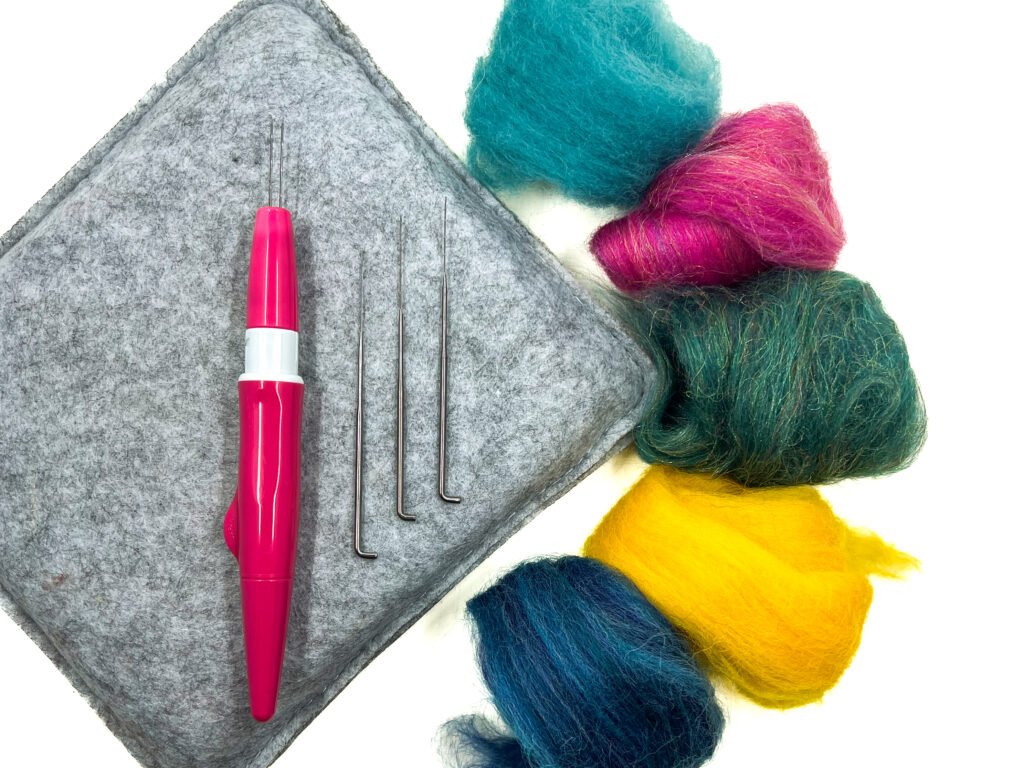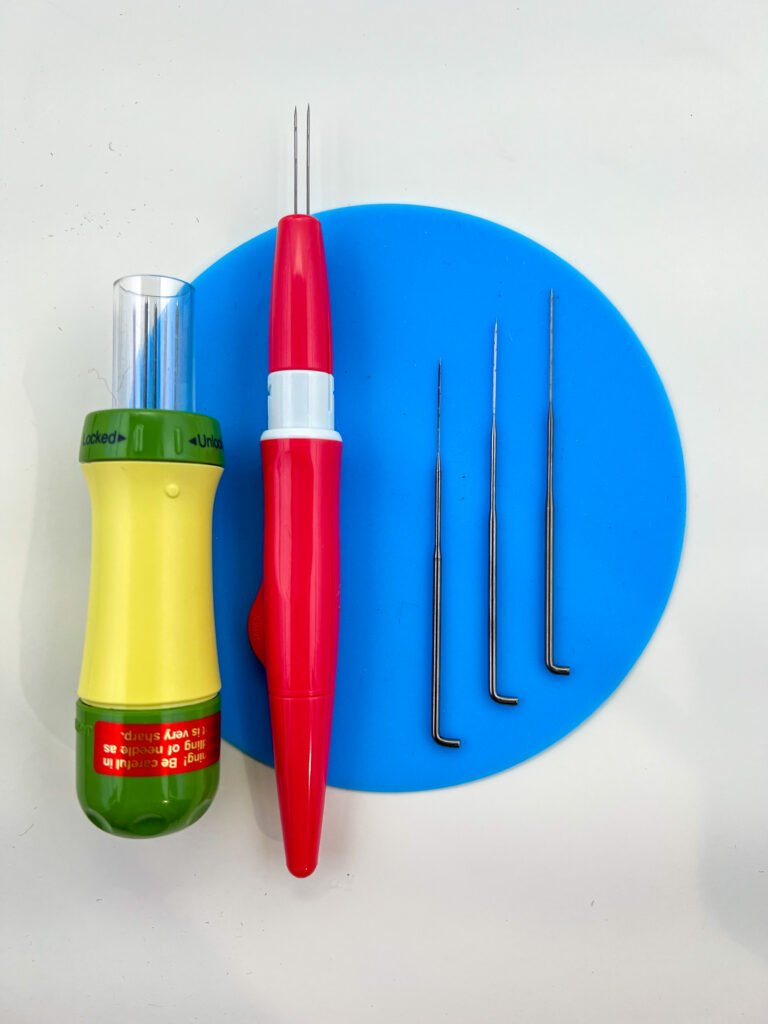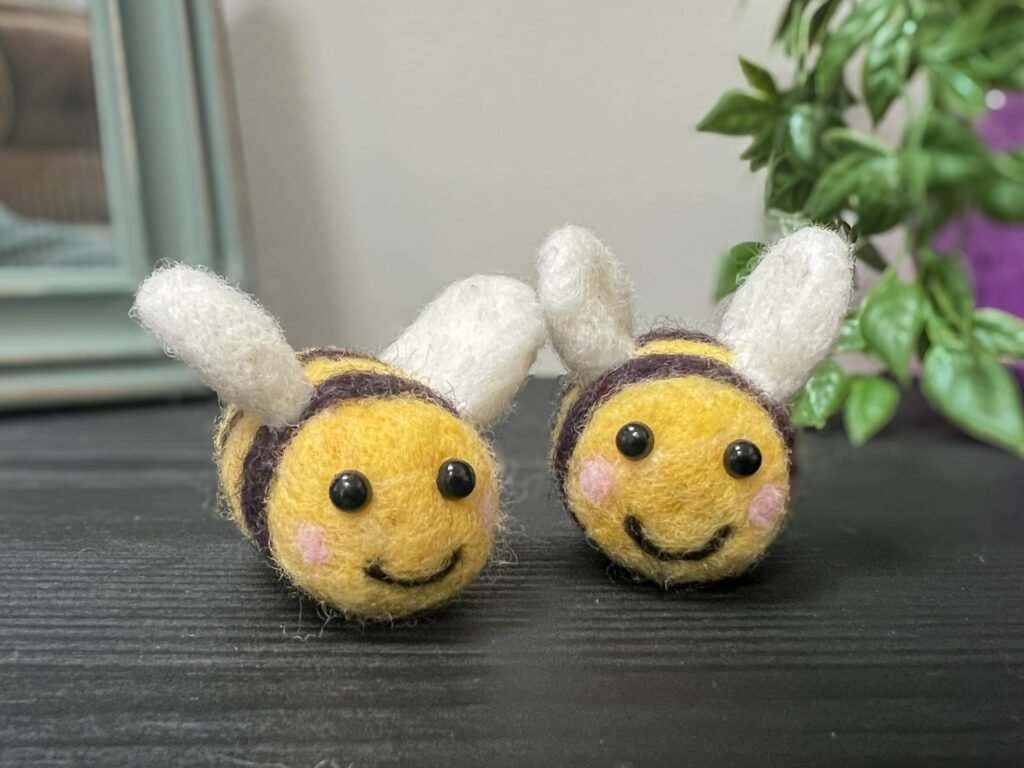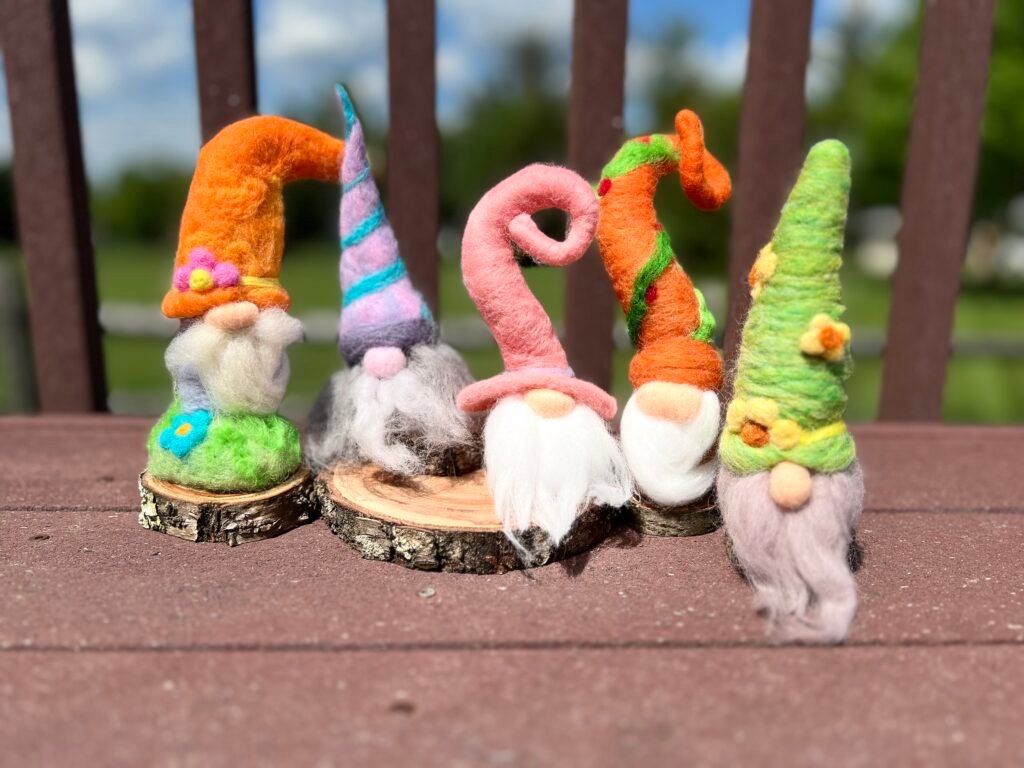The Woolly Past: A Brief History of Needle Felting
Needle felting, the charming and increasingly popular fiber art that transforms soft wool into whimsical creatures, cozy décor, and detailed sculptures, might seem like a modern craft born from the hands of indie artists and Etsy sellers. But its roots run surprisingly deep into history—though its current form is a relatively recent innovation. Let’s unravel the tale of how needle felting came to be, from ancient wool-working traditions to today’s creative renaissance.

From Fleece to Fabric: Ancient Origins of Felting
Before there were needles and patterns, there was just wool—and the natural magic it performs under pressure and friction. Felting is one of the oldest textile arts, predating both weaving and knitting. The basic concept is simple: when wool fibers are agitated with moisture, heat, and compression, they tangle and bond together, forming a dense mat. This process is known as wet felting, and it dates back thousands of years.
The oldest known felt artifact, discovered in Siberia’s Pazyryk tombs, is over 2,000 years old and astonishingly intricate. Nomadic peoples in Central Asia—like the Mongols and the Scythians—used felt to create everything from yurts and carpets to armor and ceremonial garments. This traditional form of felting is still practiced today in various cultures, especially where sheep farming is common.
Enter the Needle: The Birth of Needle Felting
The specific craft of needle felting, however, is a much newer development. It didn’t begin as a hobby or an art form at all—but rather as an industrial technique.

In the mid-20th century, large barbed needles were developed for use in the textile industry. These needles mechanically entangled synthetic and natural fibers to create sheets of felt without water or soap. The method was efficient for mass production, but not considered creative.
It wasn’t until the 1980s that someone looked at those barbed needles and saw artistic potential. That someone was David & Eleanor Stanwood, a pair of fiber artists in Massachusetts. While working in a wool mill, they experimented with industrial felting needles by hand. They discovered that by repetitively poking the needle into unspun wool, they could sculpt and shape it into three-dimensional forms. This technique was entirely dry—no water, no rolling, just the deliberate, rhythmic stabbing of wool.
And thus, needle felting as a creative medium was born.
A Modern Needle Felting Renaissance
Since the 1980s, needle felting has steadily grown in popularity. Artists quickly began experimenting with wool sculpture—making animals, dolls, ornaments, and later, full-blown art installations. In Japan, the kawaii culture helped propel needle felting into the mainstream, with books and kits emerging in the 2000s that showcased adorable animals and characters made entirely of felted wool.

Social media and online platforms like Pinterest, Etsy, and Instagram further accelerated the craft’s growth. Crafters began sharing tutorials, selling kits, and showcasing their works to a global audience. Today, needle felting is accessible to beginners and seasoned fiber artists alike, requiring just a bit of wool, a needle, and lots of imagination (and a bit of patience).
Why It Sticks (Pun Intended)
What makes needle felting so appealing, especially in the digital age? For many, it’s the tactile experience—a slow, meditative process that contrasts sharply with fast-paced, screen-based life. There’s also something deeply satisfying about transforming loose, fluffy wool into a solid, expressive form with just your hands and a barbed needle.
Needle felting has also found a niche in sustainability and mindfulness movements. It celebrates natural materials, encourages handmade creation over mass production, and invites people to reconnect with slower, more meaningful forms of making.
The Future is Fuzzy
From nomadic yurts to kawaii kittens, the story of needle felting spans centuries and continents. While its industrial beginnings might not have seemed glamorous, they laid the groundwork for a creative craft that continues to evolve. Today’s felting artists blend traditional materials with modern design, bringing fresh energy into a woolly world.

Whether you’re sculpting a sleepy fox, crafting a cozy ornament, or simply poking wool to unwind, you’re part of a tradition that’s both ancient and refreshingly new. One stab at a time.
Ready to start your own needle felting journey? All you need is wool, a needle, and a little imagination. But beware—it’s addictively fuzzy fun! Needle felting kits are coming soon! In the meantime, check out our store page or Etsy site for some ready-made needle felting critters.